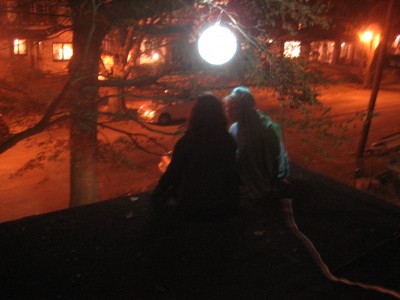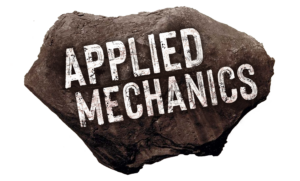by Jessica Hurley
I’m a feminist. In saying that, I’ve been laughed at by members of my family, argued down by boys in college, left open to accusations of not being able to take a joke, a compliment, a touch. I have thin skin, apparently, and it only gets rawer with each unwanted stare, eyes leaving snail marks on my body, or, most recently, watching the latest father-son bonding movie and nauseously realizing that there is no female equivalent, that the lives of women – so important to me, these beautiful, complicated, fascinating lives, of my sister, my mother, my lovers, my friends – are not important, or interesting, or fascinating to the society in which I live. And how am I to live with this sickness in my heart, this tightness in my chest? Shouldn’t I have a thicker skin, so that going to see this perfectly nice, middle-of-the-road arthouse film (Nebraska, by the way, it’s good, I recommend it), doesn’t leave me still, a week later, sinking?
About a year ago we were sitting around towards the end of our monthly Applied Mechanics meeting brainstorming ideas for a new show – we do this every month, but this time was a little more urgent as we needed a concept to apply to some grant or other. Our shows tend to emerge elliptically – Portmanteau and Overseers came conceptually, wanting to make shows addressing issues of travel and property or power and control, while Vainglorious began its long and fruitful life as a drunk-dialed voicemail on Becky’s phone expressing, in between fits of laughter, the desire to see John play Josephine to Mary’s Napoleon. When Mary and Maria proposed that we apply to whatever-grant-it-was with a show about Pussy Riot, then, the idea brought with it a lot more fully-formed material than did any of our other starting points. Contemporary history, live music, politics with a huge capital P – how could we fit these into an Applied Mechanics process?
For two weeks in December, the company members of Applied Mechanics were joined by Annie Wilson, Kate Raines, Adam Kerbel, Isabella Sazak, and Maura Krause to explore how we might begin to address these questions. Before our first meeting, we read a coursepack put together by Becky that brought together readings about Russian history and politics, performance art, and clubs, clans, and tribes. Maria provided two dramaturgical CDs, one of Riot Grrl feminist punk, and the other a collection of all kinds of protest music. We came together with all of this material, and everything we knew about Pussy Riot, and our own experiences, and started making things. We made punk songs out of Pussy Riot’s closing statements and dramatic readings out of punk songs; we make eleven performance art pieces all titled ‘This Is What It Looks Like To Do Something’; we built clubs and initiated each other into them; we made music and movement and dance and poetry and dinners, tiny pieces of art that felt like gifts. The biggest thing that we learned from Pussy Riot, the gift they gave us, was the joy of creation as a response to oppression, as the result of oppression. We talked about capitalism and patriarchy and racism and misogyny and at the point where we felt the most helpless and hopeless and sad, we made things. We talked the coldest, hardest, harshest politics, and we made art that sustained us.
It was only a few days after we paused the process, now on hold until March, that I got sunk, again, by that totally innocuous movie about a man and his aging father. But working on this piece – tentatively titled RIOT – gave me the concrete experience of not sinking, of a world I want to fight for. It was live and loud and thoughtful and angry and beautiful and it was the first time that I’ve really understood words that I’ve been using for a long time, words like historical consciousness, or utopia, or solidarity. I look at Nebraska, so effortlessly, thoughtlessly patriarchal in a world where all of us, of every gender, color, orientation, and class, get fucked over by patriarchy, capitalism, racism, heteronormativity, and the ways in which they shore each other up. I look at Nebraska, shot in black and white, and even as I feel choked by that world I feel sorry for it; I remember the other world that we made, the world of RIOT, a world in ridiculously beautiful technicolor. It sustains me, and I can’t wait to share it with you.
My thanks go to Maria Shaplin, always the bravest of us; Bayla Rubin, astonishingly generous in spirit; Thomas Choinacky, who pushes himself so hard and makes it look so fun; Mary Tuomanen, who feels fearlessly and finds the truths therein; Kristen Bailey, who dreams in technicolor and shares it with us; Maura Krause, who delineates social traumas into ideas we can understand and beautiful things we can touch; Adam Kerbel, who thinks in poetry, each movement a theory; Kate Raines, funny like the best kind of weapon, effortlessly precise; Izabella Sazak, more committed to being alive than most people will ever be; Annie Wilson, who stares the world in the eye and never backs down; and Becky Wright, so brilliant and so fierce, who taught me that life as it should be is not a goal, but a practice.

